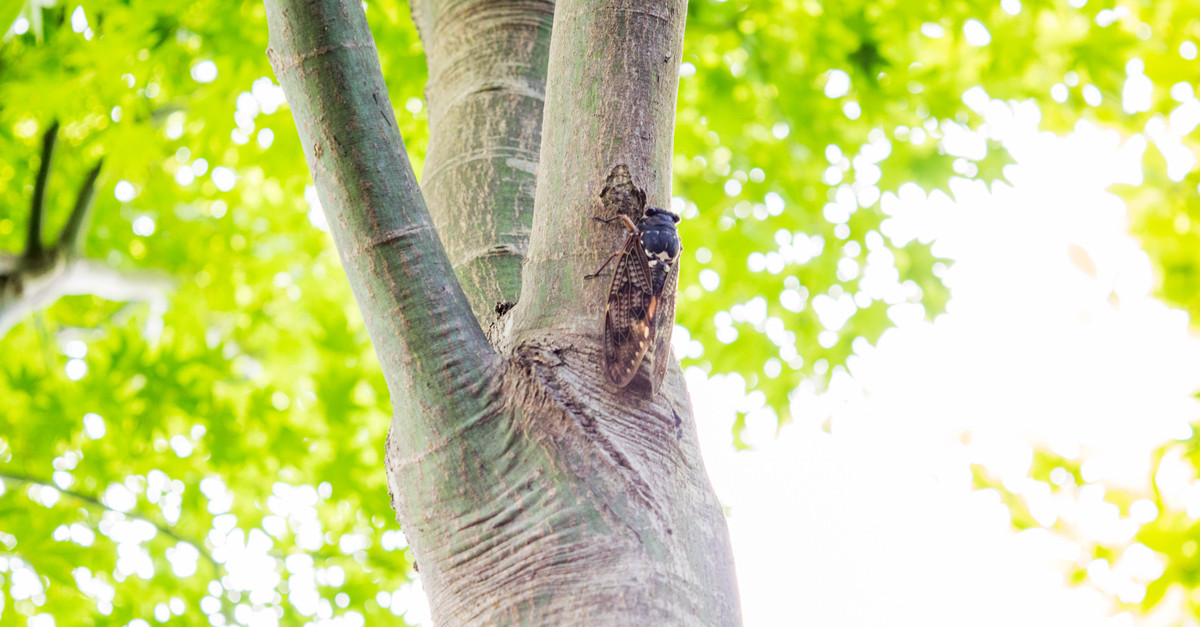Twinkling lights can bring a festive glow to your landscape, living room, or both. We’re not talking about Christmas trees, though — this season, it’s all about the Halloween tree! Here at Premier Tree Solutions, we believe a few short weeks in December just isn’t enough time for trees to shine as your holiday focal point.
If you’re ready to try something different this year, join us in creating a Halloween tree that will wow the trick-or-treaters in your neighborhood.
How to Make an Indoor Halloween Tree
One of the advantages of owning an artificial Christmas tree is that you can put it up any time of year without having to worry about whether it will survive to December 25th. If you’ve already got one, dust it off a bit earlier this year and skip ahead to the following decorating tips. If not, consider searching through local marketplace listings or scouring garage sales for a good deal.
Hang Halloween Garland
You can find bats, cats, and everything in between strung on garland in most craft stores this time of year. If you’re looking for a DIY alternative, grab some card stock and cut shapes out using stencils. Then, string them along lights, yarn, or another material of your choice.
Weave In Some Witchy Wonders
If a whimsical tree is what you’re after, use a bright witch’s hat as your tree topper. Then, weave ribbons in orange, green, black, or purple in between branches, wrapping them around your tree for a funky twist on garland.
Adorn It With Decorative Masks
Channel the Phantom of the Opera’s iconic masquerade scene by placing decorative masks on your branches. If you don’t want to purchase masks from a store, you can always make your own using card stock, sequins, paint, and feathers.
Paint It Black
Whether you’re thinking of upgrading to a new tree this year or you’ve purchased a separate tree just for Halloween, you can have some fun with spray paint as long as you won’t be carrying the same tree into the next season. Black is a classic choice, but you might also consider a bright candy corn tree: spray paint yellow at the base, orange in the middle, and white at the top.
Of course, you can never go wrong with the simplest approach: hanging ornaments. While there are plenty of ornaments designed specifically for Halloween trees online, you can always create your own by placing a hook or fishing line on your favorite creepy trinkets.
How to Make an Outdoor Halloween Tree
There are lots of ways to decorate outdoors for the Halloween season. This year, show your neighbors that you’re Halloween-ready by covering one or more trees on your property with ghoulish adornments. Here are a few ideas to try.
Light the Way
One of the simplest ways to get spooky with your trees is to wind orange lights around the trunk and low-hanging branches. Not only will it create an eye-catching focal point in your yard, but it will also help to provide some illumination for trick-or-treaters.
Try Spooky Spiderwebs
If you’re looking to add a bit more to your outdoor trees, try adding decorative spiderwebs and a series of eight-legged friends dispersed at random intervals throughout the branches. Consider placing small- to medium-sized decorative spiders lower on the tree, then situating one giant spider near the top for a cascading effect.
Get Batty
Not a fan of stringy spiderwebs? Make a frightful impact by hanging paper bats or ghosts made from white fabric from your branches — while being mindful of not overburdening them. Be sure to set up spotlights — maybe with red or orange bulbs or filters — so your Halloween tree can be seen after dark, too.
No matter how you choose to decorate your trees, Premier Tree can help you care for them year-round. To request an estimate from our team of tree care specialists, call (404) 252-6448, or request a free assessment online.







